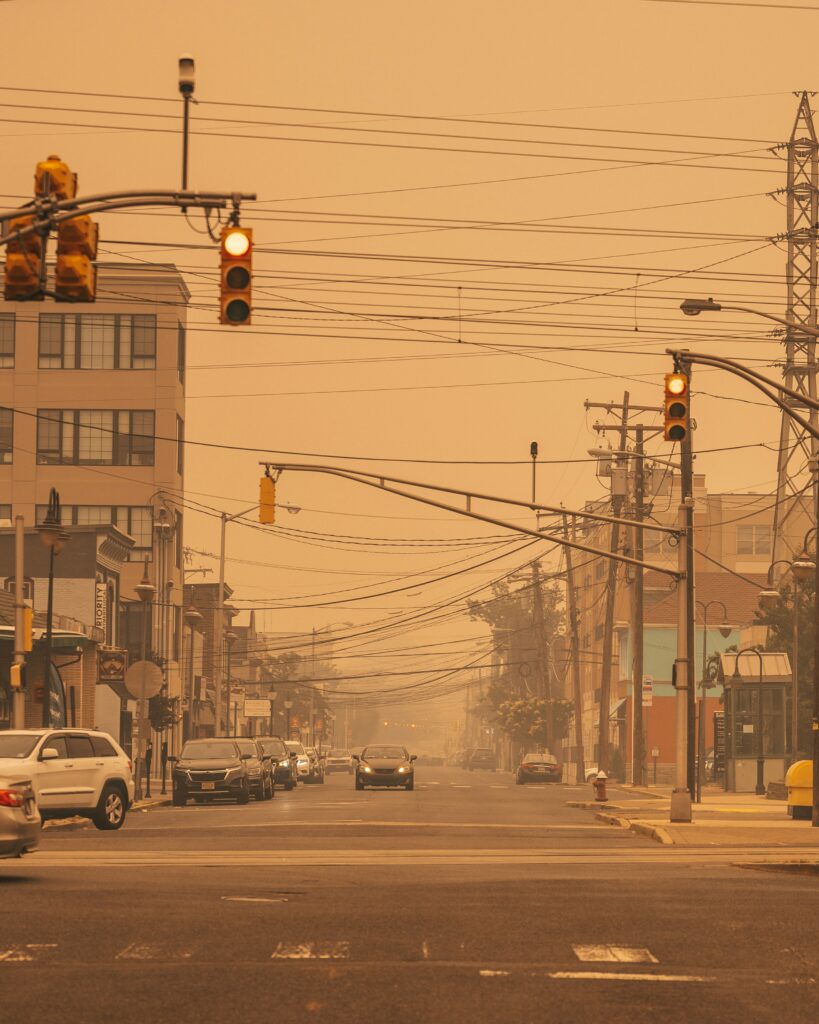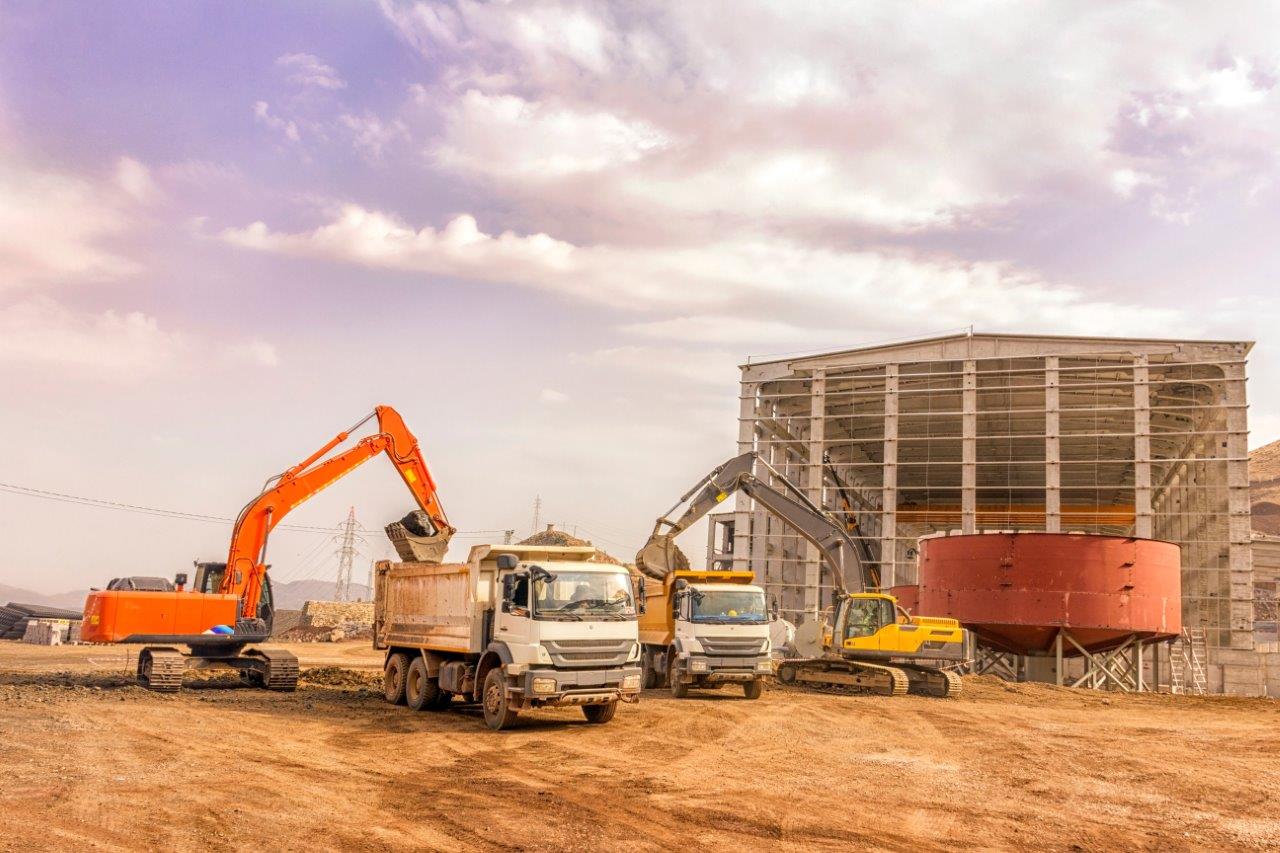
So fundamental for life that we take it for granted:
We expect the air that we breathe to be clean.
However, in many areas across the US – especially in busy cities and industrial regions – this is not always the case. In 2023, the American Lung Association reported that poor air quality contributed to thousands of premature deaths each year across the country.
There are many sources of air pollution but some of the biggest culprits are from the use of fossil fuels, which generate fine particulate matter when they burn. In the US the primary sources of these emissions include vehicles that run on gasoline and diesel and coal-fired power plants.
Poor air quality is a significant environmental impact on construction sites. Environmental management is required to make sure that these impacts are minimized. Although air quality is a separate issue to climate change, reducing your fossil fuel use will have the combined benefit of less carbon emissions and better on site air quality.
Air Quality - Sustainability Short
Reducing the impacts of poor air quality is a significant issue which we need to take into account in how we run our construction sites and the kinds of plant and equipment we use. Watch this short animation to get an introduction on why air quality is a key issue on construction sites, and most importantly, what you can do to reduce air pollution when you’re working on site.

A large source of air emissions is from transport. Particulates such as PM 10 and PM 2.5 and gasses such as NOx and CO are produced by engines, particularly those that run on diesel, and can lead to a number of adverse health impacts, particularly in children.
Pollution from traffic is a significant problem in urban areas, with exceedances of federal air quality standards observed in cities like Los Angeles and New York. The Environmental Protection Agency (EPA) monitors and provides real-time information on air quality across the US through its Air Quality System.
Emissions can be reduced by optimizing vehicle and plant idling time, correctly specifying equipment, regularly servicing plant and equipment, choosing the right fuel, reporting issues with machinery, using more modern equipment that inherently has lower emissions, using tailpipe solutions such as diesel particulate filters to reduce emissions, and better driver behaviour to minimize necessary emissions.
But it’s not just about poor air quality from plant and vehicles
Indoor air quality is a serious issue too, sometimes dubbed ‘sick building syndrome’. Having good quality air indoors not only improves peoples’ health, but also their wellbeing and productivity levels – the simple build-up of pollutants indoors has been shown to make people more drowsy and less effective. We should therefore be mindful of the air conditioning and ventilation systems we use to ensure that we are providing decent air indoors as well as outside.


Nature is the term used to describe the variety and…

The strategic frameworks and decision-making processes that enable an organisation…

How companies in the built environment interact with the communities…
Air quality
Air Quality for Plant and Equipment
E-learning module
Air quality
Air Quality – Sustainability Short
Video
Air quality
How is air quality measured?
Web link
Air quality
Key Findings: State of the Air
Web link


 30 minutes
30 minutes